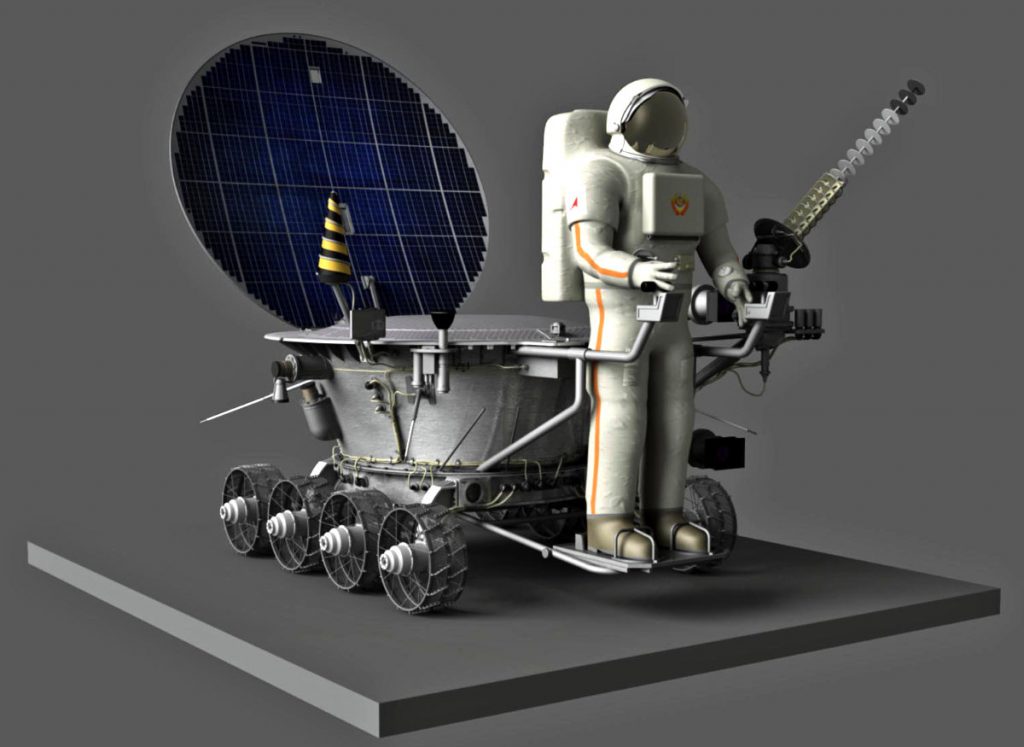It was not realised at the time, but the Soviet “Lunokhod” robotic moon rover was also a key component of the plans to put a cosmonaut onto the Moon.
Here’s how the mission sequence would work:
Identify landing sites.
Lunokhod would provide close up examination of prospective landing sites for a manned mission. This required a “Proton” (UR-500) class launcher.

Once a launch site is selected, and the manned mission is ready, the next stage is…
Launch an unmanned spare LK lander.
An N1 would be used to launch a spare LK Lander, to provide backup in the event of damage to a manned lander in the main mission.
The Lunokhod would act as a beacon, to ensure that the autonomous LK lander came down in exactly the correct location. It would then examine the lander, checking for possible damage.
Consider that Apollo 15 landed at an angle of about 10 degrees, with a maximum safe tilt of 15 degrees.
Once the status is confirmed, the Lunokhod moves away a short distance.

Manned landing.
An N1 is launched with two cosmonauts, one of whom will make the landing. Again, the Lunokhod acts as a beacon for the lander to home in on, ensuring a precision landing. It is interesting to consider the difficulty Neil Armstrong had in locating a good landing spot, to the point where it was not clear exactly where Apollo 11 had landed.

Is the manned lander in good condition after landing?
In the event of damage to the lander, the Lunokhod can ferry the cosmonaut over to the spare lander nearby, which has already been confirmed as in good working condition. It would also have extra supplies for the cosmonaut, such as power and oxygen.

 Observations.
Observations.
The scientists and engineers working on the LK Lander were extremely aware of its shortcomings. These included:
- A serious problem getting the weight down.
- Unpressurised – the cosmonaut would be in a suit the whole time.
- Lack of redundancy in key systems.
- No direct connection between modules, cosmonauts would spacewalk between them.
- Very limited manoeuvring time.

The use of a Lunokhod as a beacon, as well as to survey the landing sites, strikes me as an extremely clever strategy. As I mentioned above, some Apollo missions did not manage to land exactly where they were aimed, particularly Apollo 11.

So while the “Luniy Korabl” was considerably less capable than an Apollo LEM, the support systems, and contingency arrangements were considerably better,
Nich


2 thoughts on “The role of Lunokhod in Soviet Union manned lunar program.”